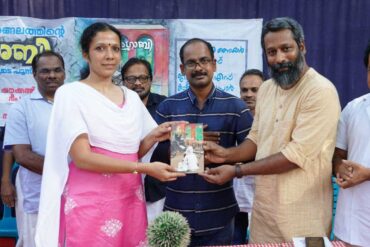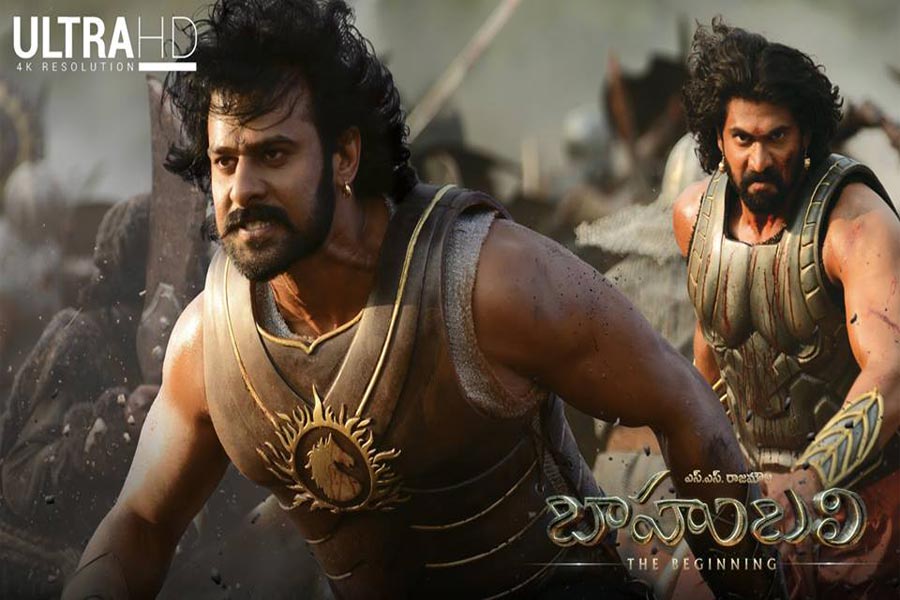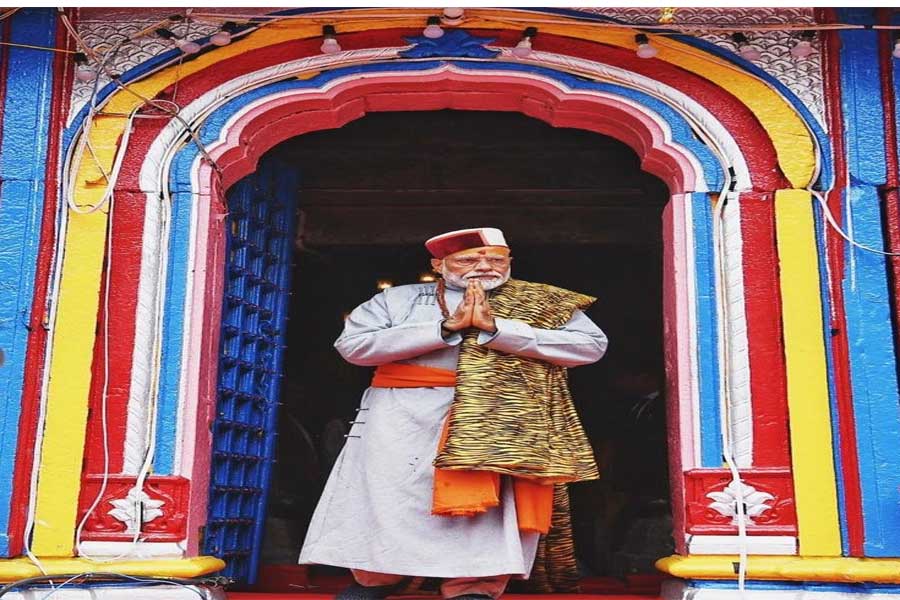In the decade 2000s, the Hindi film industry would often claim to define Indian Cinema. Bollywood’s sense of importance probably stems from the fact that Hindi films cater to the largest audience in the country. After all, cinema is a business at the end of the day and the industry with the maximum revenue can afford to boast, even if the yardstick is an irrational one. Cut to 2019, Bollywood finds itself on a sticky wicket as far as the Box Office is concerned for the top three all-time grossers in Indian Cinema have come out of the South: Baahubali: The Conclusion, Baahubali: The Beginning and 2.0.
To add to that, the Hindi version of Prabhas’ latest bilingual film Saaho became the most watched Bollywood film (in terms of ticket sales) in the first weekend this year, going past Salman Khan’s Eid release Bharat. The fact that Saaho managed to achieve this feat despite being a non-holiday release is even more remarkable. Of course, Prabhas is now a pan-India face thanks to the humungous success of the Baahubali series and unlike dubbed films, Saaho was shot in Hindi. Still, this development points to the influx of South Cinema into the Bollywood market.
Why is Bollywood lagging behind?
Cinema is comparable to food. Like various cuisines, there is a different set of audience for different genres and styles of films. And quite like the biryani which is the undisputed favorite of all foodies, a mass masala entertainer is the ultimate box-office product. In this regard, Bollywood has been starved in recent years with top stars, barring Salman Khan, shying out of doing mass entertainers. As the masses are being denied their staple diet, they are looking elsewhere.
Tiger Shroff, who is at best an average actor, has made rapid strides as a star in action films. But barring Salman and Tiger, the dose of action entertainers have been on the decline and the Baahubali series cashed in on precisely this. While the first part in 2015 was a sleeper hit, the second part performed like a hurricane at ticket counters and its Hindi version is, at present, the highest grossing Bollywood film in India, and that too, by a country mile.
In recent years, Bollywood has seen the trend of content-oriented films ruling the roost. Plenty of small and medium-budget films have thrived at the box office purely on the strength of its merit, thereby throwing the ‘Star factor’ out of the window. 2018 saw the unimaginable scenario of all the three Khans delivering unsuccessful films in the same year and this further strengthened the case for good content and scripts. While this is a laudable progression, it seems to be coming at the cost of the stock mass potboilers.
Where are the mass filmmakers?
There is a general condescension towards mass entertainers by critics who presume that making such films are easy, or that they do not have any storyline or script—which is a misconception. To make a masala entertainer, a taut screenplay is a must and of course, the well-crafted technically. And good Direction is crucial to pulling off such films.
It’s another matter that Bollywood, at present, is witnessing a severe drought when it comes to mass masala directors in the David Dhawan mould. Rohit Shetty is probably the only director who could cater unflinchingly to the masses in that sense. Ali Abbas Zafar, who made Sultan and Tiger Zinda Hai, is the master of action entertainers, and Rajkumar Hirani can please the masses and the critics with equal ease.
This is exactly where the South Cinema scores big. Telugu films are high on mass potboilers and have directors who are imaginative when it comes to presenting hero-centric action films. Though not in the same league, Tamil Cinema industry too have their fair share of directors excelling in the genre. Both industries have content-oriented parallel films too which run successfully, like the Bollywood of the 1980s.
Kannada films don’t generally have a pan-India reach but the success of KGF’s Hindi version is another indicator how South Cinema is exploiting the lack of big-budget entertainers in Bollywood. It’s another matter that actors like Prabhas and Yash have the good looks to appeal to a diverse set of audience—but without doing the kind of films they did, grabbing attention is difficult, particularly in Bollywood. This success in recent years has encouraged more film-makers to spend lavishly on action films, as there is a huge market for them when they are dubbed and marketed well outside their territories.
How the multiplex evolution changed things
You might wonder why action-entertainers are the biggest draw in Bollywood these days, particularly after the lull in the 2000s. The dawn of multiplexes in the early 2000s saw a series of niche films succeeding in Tier 1 cities generating high revenue due to the exorbitant ticket prices. As a result, many filmmakers in Bollywood shifted their focus towards the metro audience which saw a heavy decline in the business of Single Screen theaters across the country.
Beginning with the 2010s, however, the arrival of digital prints and opening of multiplexes in small towns shook up things. The advent of wide release also meant that a film got screened in the maximum possible screens across the length and breadth of the country, which wasn’t the case earlier. While this ensured maximum revenue in the initial weekend, it also meant that you needed a product that would cater to a larger set of audience, given the reach of digital prints.
Since the 2000s, people got used to watching the dubbed versions of South Indian masala films on Television and later, the same films saw extraordinary reach on YouTube. This is finally translating to audience footfalls. On the other hand, the chances of a Bollywood film topping the collection chart in other industries through dubbed versions are unlikely, given that the audience there already has access to it.
It’s worth mentioning here that this trend of releasing dubbed films to extend their reach was originally initiated by Bollywood but it is their Southern counterparts who are reaping the benefits. Saaho is the latest example and given the way it’s fared despite the mixed reviews, expect more biggies from the south to be released widely in Hindi markets going forward.
Final word
It is time for Bollywood to acknowledge that it has competition, and begin making films for every palate. Or, South Indian Cinema might soon eclipse Bollywood as far as producing big-budget action and masala entertainers, to the extent that they might begin to stake their claim to define what Indian cinema stands for.







